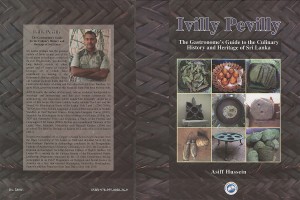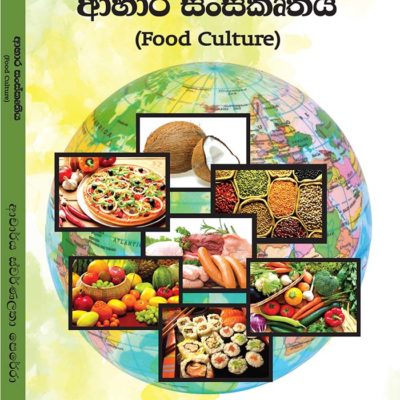Description

Introduction
The system of transliteration employed in the text save for citations, is the standard method. Thus dots below letters represent retroflex sounds so common in South Asian languages including Sinhala and Tamil.
Among the other sounds transliterated here c represent the voiceless palate-alveolar affricate (as sounded in English church) and s the palatal sibilant (as sounded in English show). The lingual s which will be found occurring in Sanskrit word is similar in pronunciation to the palatal s. The anusvara is represented by m, the velar nasal by n and the palatal nasal by n as per the accepted method. Macrons placed over vowels represent long vowels. It is however thought unnecessary to so denote the long values of e and o of Sanskrit. Pali, Prakrit and the Modern Indo-Aryan Vernaculars of India in keeping with established practice. The short e and o does not seem to have existed in Sanskrit and does not, strictly speaking, exist in the Indian MIAVs. The e and o of Pali is of variable length-long before single consonants or at the end of a word and short before double consonants or consonant clusters. The vowel a represents the low front vowel (pronounced as in English can)
The origins of some vernacular Sinhala terms it will be found are traced to Middle-Indo-Aryan (MIA) and Old-Indo-Aryan (OLA) and these we have represented by Pali and Sanskrit respectively. Geographical references to India refer to the historical India including those parts of the subcontinent today known as Pakistan and Bangladesh and may not necessarily be restricted to the region encompassed by the modern-day the Indian Republic.
![5. Ivilly Pevilly [Asiff Hussein]](https://neptunepublications.com/wp-content/uploads/2016/03/Ivily-Pevilly.jpg)



Reviews
There are no reviews yet.